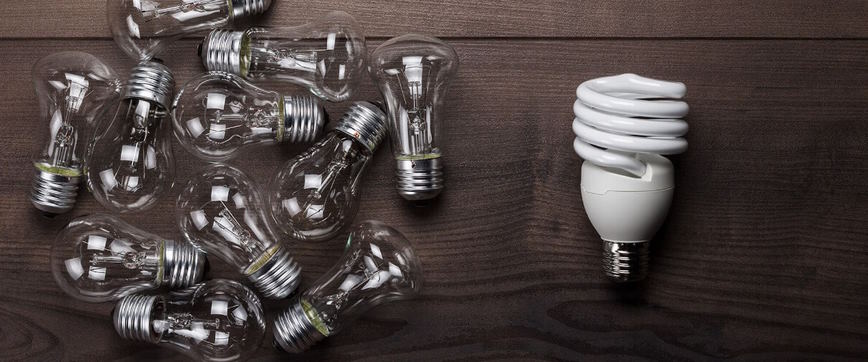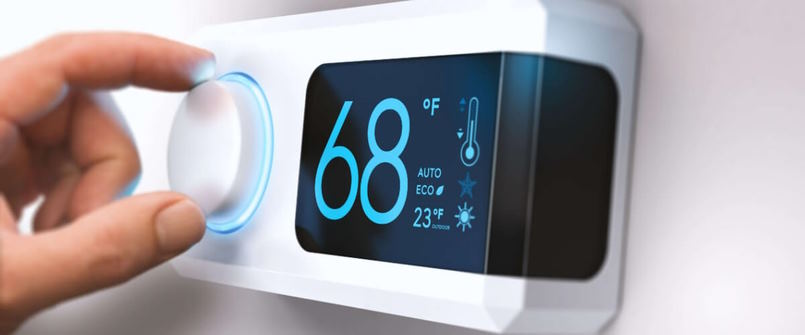Making your home more eco-friendly is an important step you can take to help protect the planet. An eco-friendly home uses energy and resources efficiently, reducing waste and minimizing environmental impact. Making your home more eco-friendly doesn’t have to be complicated or expensive. There are simple changes you can make that will help you reduce your carbon footprint and live a more sustainable lifestyle.
In what ways can you make your home more eco-friendly?
You can find a lot of ways to make your home more eco-friendly. The possibilities are endless; it ultimately depends on how much time and money you’re willing to invest in making the changes. However, many eco-friendly changes, such as switching to energy-efficient light bulbs or using natural cleaning products, can be simple and inexpensive. Other changes may require more investment, such as installing a solar panel system or upgrading to energy-efficient appliances. Still, these changes can also provide long-term savings on your energy bills.
Let’s consider some ideas more closely:
Use energy-efficient lighting
Switch to energy-efficient LED bulbs for your lighting needs. They last longer and use less energy than traditional incandescent bulbs.

Install a programmable thermostat
A programmable thermostat can help you control your home’s temperature more efficiently, saving energy and money on your heating and cooling bills. By programming your thermostat to adjust the temperature when you’re away from home or sleeping, you can reduce energy usage and save money on your energy bills. For example, during the summer, you can program the thermostat to raise the temperature while you’re away from home and lower it shortly before you return.
Choose energy-efficient appliances
When shopping for appliances like refrigerators, dishwashers, and washing machines, choose models that have earned the ENERGY STAR label, which means they meet strict energy efficiency guidelines. Energy-efficient appliances are designed to operate using less energy than their traditional counterparts without sacrificing performance. For example, an energy-efficient refrigerator uses advanced insulation materials and compressor technology to keep food cold using less energy than a traditional refrigerator.
Use natural cleaning products
Many household cleaning products contain harmful chemicals that can pollute the air and water in your home. Choose natural cleaning products that are non-toxic and biodegradable instead.
Plant trees and shrubs
Planting trees and shrubs around your home can help shade your house in the summer, reducing the need for air conditioning, and acting as windbreaks in the winter, reducing the need for heating. Besides, trees and shrubs can help reduce the amount of carbon dioxide in the air, a major contributor to climate change.

Reduce water usage
Install low-flow showerheads and faucets, fix leaks, and consider installing a rainwater harvesting system for watering plants.
Install a solar panel system
Installing a solar panel system on your roof can help you generate clean energy and reduce reliance on fossil fuels.
Use sustainable building materials
Here we speak about sourced and manufactured materials using sustainable practices, such as using renewable resources, minimizing waste, and reducing greenhouse gas emissions. For example, choose sustainable building materials like bamboo or cork flooring, natural or recycled insulation, and low or no VOC paint.
Use reusable products
There are a lot of things you can reuse. For example, water bottles, shopping bags, and food storage containers. In this way, you can reduce waste and conserve resources.
Support eco-friendly companies
Choose products and services from companies that prioritize sustainability and environmental stewardship. By supporting these companies, you can help drive demand for sustainable products and practices, shifting the market towards more eco-friendly options.




























